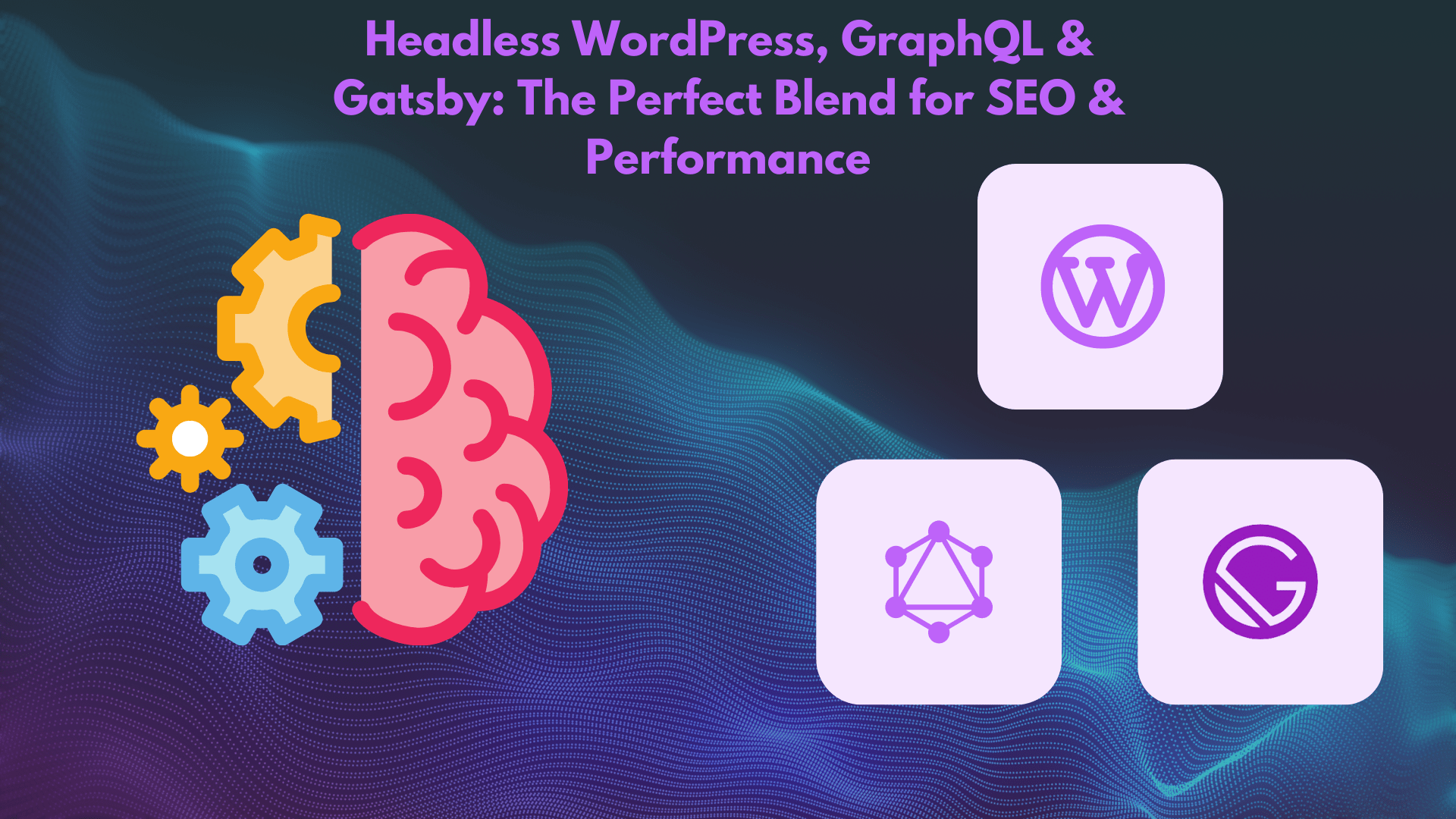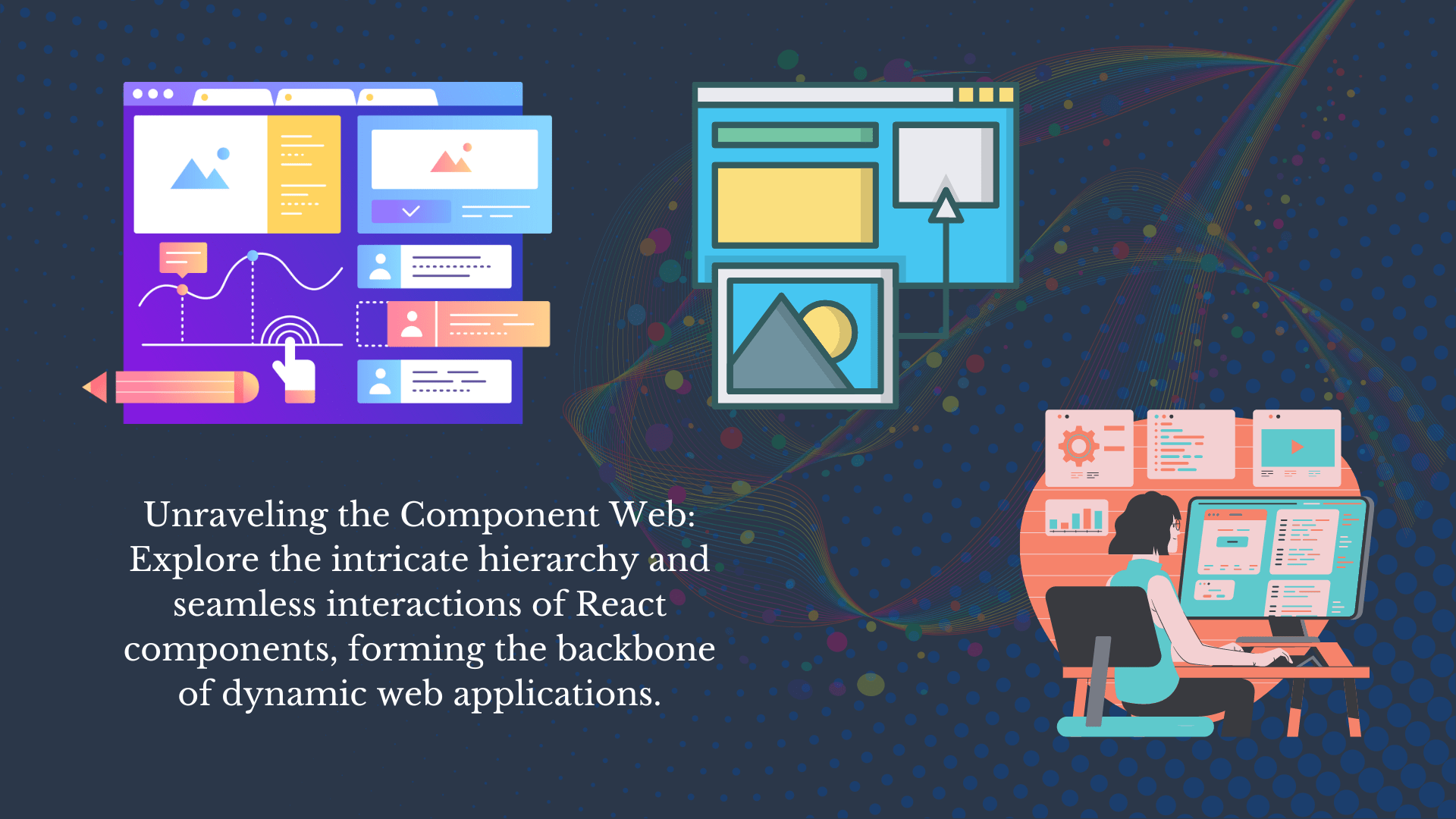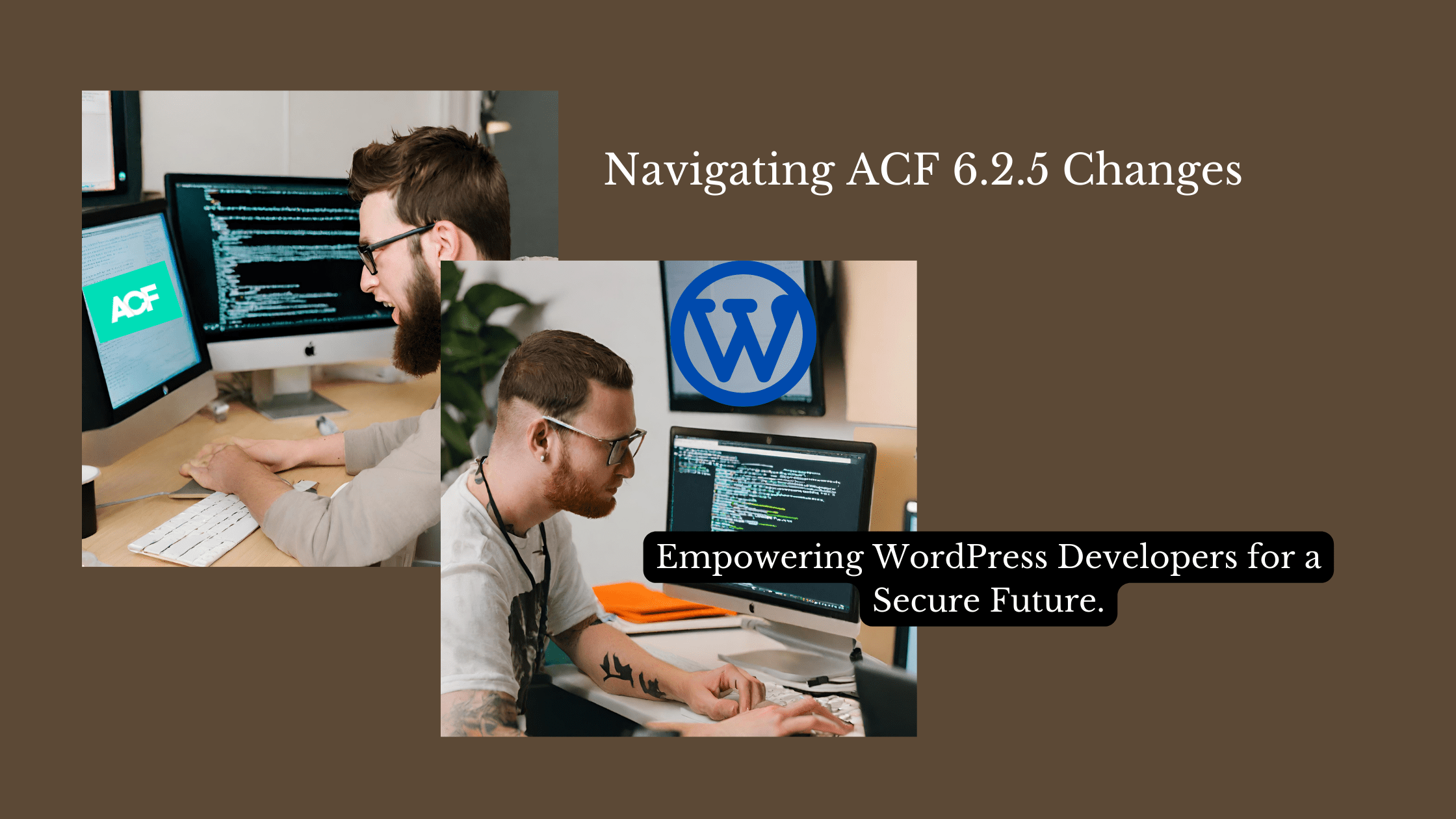Before diving into the development process, understanding who you’re building for and what they need is crucial. This is where personas and user stories come into play.
Personas: Shaping Your Ideal User
A persona is a fictional character that represents a core user group. It captures their demographics, background, goals, behaviours, and pain points.
Why Define Personas?
- Targeted Development: Personas help you focus on the needs and challenges of your target audience, ensuring the app caters directly to their requirements.
- Empathy and Understanding: By stepping into the shoes of your persona (like Siva in our example), you gain a deeper understanding of their motivations, frustrations, and how they interact with the world.
- Prioritization: Personas help prioritize features and functionalities that address the most critical needs of your target users.
User Stories: Capturing User Needs in Action
A user story is a concise statement that describes a specific functionality from the user’s perspective. It follows the format:
- As a user, I want to [action] so that [benefit].
Why Define User Stories?
- Clear Communication: User stories provide a shared language between developers, designers, and stakeholders, ensuring everyone is on the same page about what the app should do.
- Focus on Functionality: User stories prioritize features based on user needs, guiding development efforts towards functionalities that deliver value.
- Measurable Goals: User stories provide acceptance criteria, which are specific conditions that define when a feature is considered complete.
Benefits for Development and App Success:
- Reduced Development Costs: By understanding user needs upfront, you avoid building features that nobody wants, saving time and resources.
- Improved User Experience: User-centric development ensures the app is intuitive, addresses user pain points, and provides a delightful experience.
- Increased User Engagement: An app that caters directly to user needs is more likely to be adopted, used regularly, and receive positive feedback.
Creating Personas and User Stories for Any Application:
The process of defining personas and user stories can be applied to any mobile or web application. Here’s a general approach:
- Target Audience: Identify your ideal users. Consider demographics, interests, and tech-savviness.
- Research: Conduct user interviews, surveys, or analyse competitor apps to understand user needs and pain points.
- Develop Personas: Create detailed profiles representing your core user groups.
- Craft User Stories: From the perspective of each persona, define functionalities they need using the “As a user, I want…” format.
Remember:
- Involve your target audience in the process whenever possible.
- Regularly revisit and refine your personas and user stories as you learn more about your users.
By investing time in understanding your users through personas and user stories, you lay the foundation for building successful applications that resonate with your target audience, provide genuine value, and ultimately lead to a thriving product.






